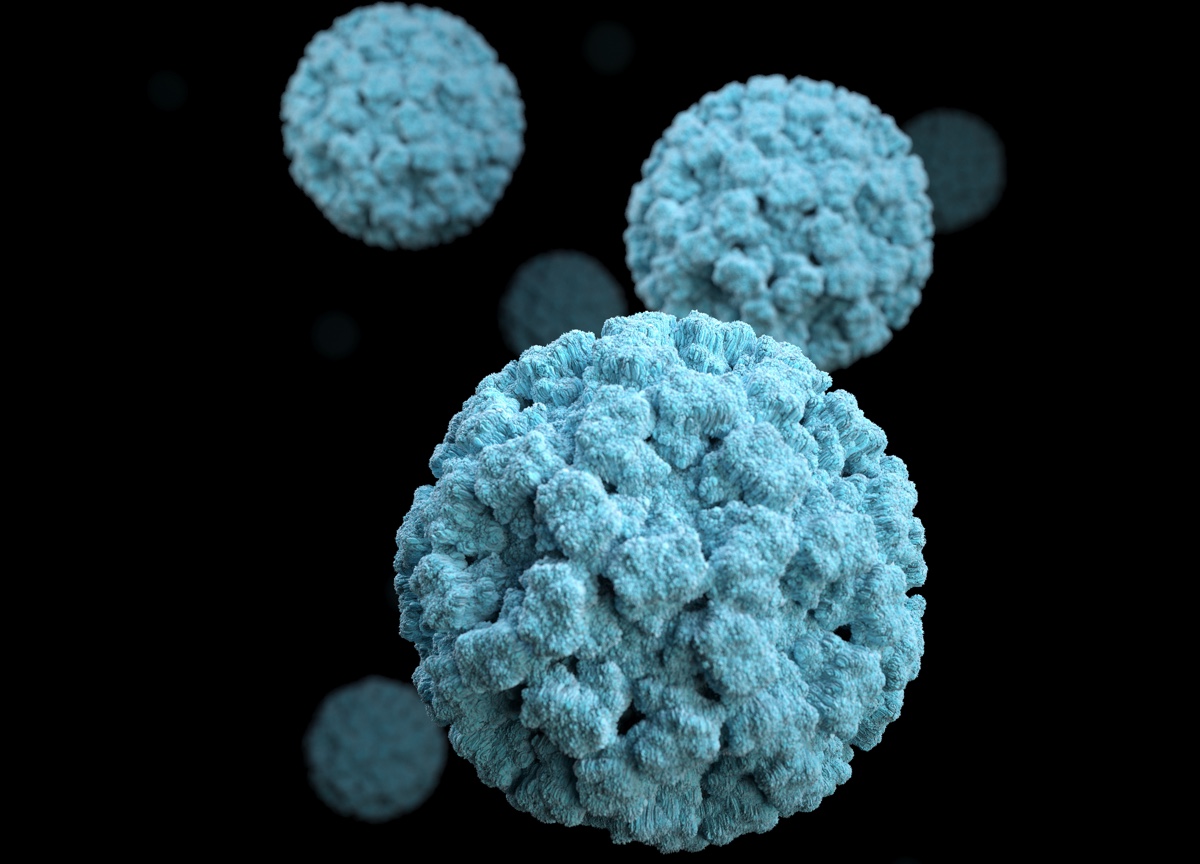Here's How Norovirus Takes Hold in Your Gut — and Doesn't Let Go

Norovirus is notorious: The virus, which causes sudden vomiting and diarrhea, can spread rapidly through cruise ships and at public events. But how, exactly, does the germ take hold in the body?
A new study may have the answer, and the results are somewhat surprising.
The study, which examined norovirus infection in mice, found that the virus infects specific gut cells called tuft cells, which have hair-like projections on their surfaces. Interestingly, these cells are relatively rare, making up just a small proportion of the body's total gut cells.
"We were most surprised that the virus infects such a rare cell type, and that even with so few cells infected, the infections can be intense and easily transmitted," lead study author Dr. Craig Wilen, an instructor in pathology and immunology at Washington University School of Medicine in St. Louis, said in a statement. "In a single mouse, for example, maybe 100 cells will be infected, which is very few compared with other viruses such as the flu."
The findings suggest that norovirus multiplies quickly in the tuft cells, setting off severe infections, the researchers said. [Top 7 Germs in Food That Make You Sick]
Because the study was conducted in mice, researchers still need to confirm the findings in people. But if the results are true for people, too, they suggest that targeting tuft cells with a drug or vaccine may help treat or prevent the disease, the researchers said.
The study is published today (April 12) in the journal Science.
Sign up for the Live Science daily newsletter now
Get the world’s most fascinating discoveries delivered straight to your inbox.
Fatal infection
Most people who contract norovirus get better within one to three days, according to the Centers for Disease Control and Prevention. But in some cases — particularly in the developing world — the virus can be fatal. An estimated 200,000 people worldwide die from norovirus each year, mostly in developing countries.
It's known that parasitic infections, which are more common in such countries, can make norovirus worse. But the new findings might help explain this connection.
Tuft cells are thought to help detect parasitic infections in the body, and they trigger an immune response against the parasites. But, paradoxically, this immune response may be a boon for norovirus. The immune response leads to a five- to tenfold increase in the number of tuft cells, allowing norovirus to replicate more efficiently, the researchers said.
The findings might also help explain why some people continue to "shed" norovirus long after they recover from their symptoms. When norovirus enters tuft cells, it's effectively "hidden" from the immune system, which would make it difficult to eliminate from the body, the researchers said.
So-called healthy carriers of norovirus, who don't appear sick but are still contagious, are often thought to be the source of norovirus outbreaks.
The new study raises the question of "whether people who have chronic norovirus infections and continue to shed the virus long after infection do so because the virus remains hidden in tuft cells," Wilen said. "If that's the case, targeting tuft cells may be an important strategy to eradicate the virus."
Original article on Live Science.

Rachael is a Live Science contributor, and was a former channel editor and senior writer for Live Science between 2010 and 2022. She has a master's degree in journalism from New York University's Science, Health and Environmental Reporting Program. She also holds a B.S. in molecular biology and an M.S. in biology from the University of California, San Diego. Her work has appeared in Scienceline, The Washington Post and Scientific American.











